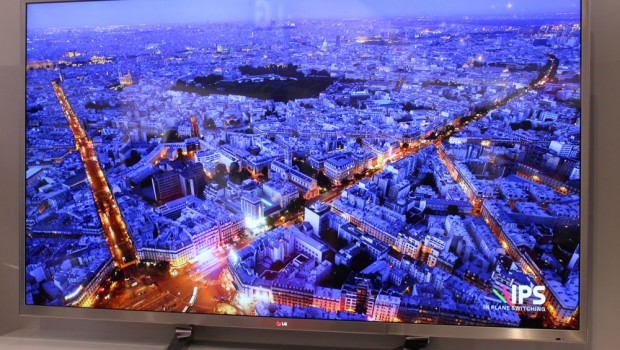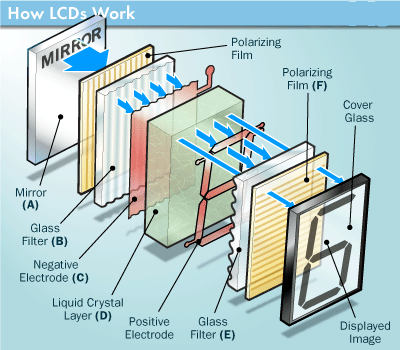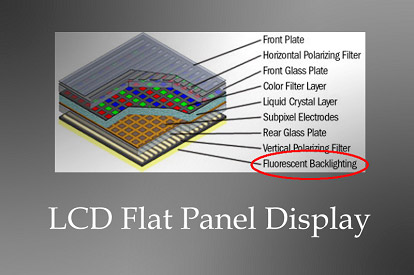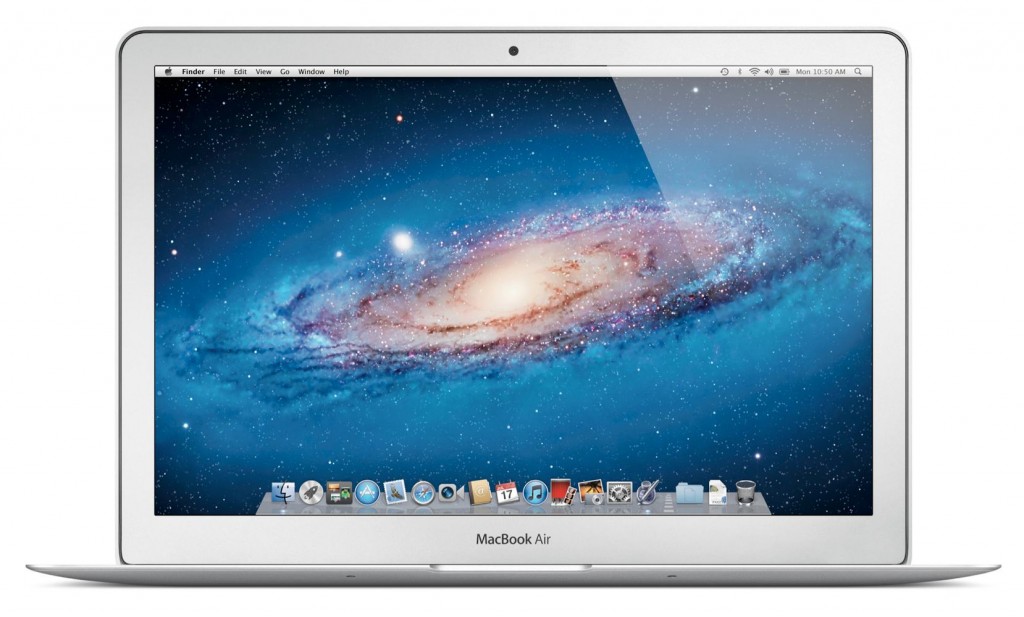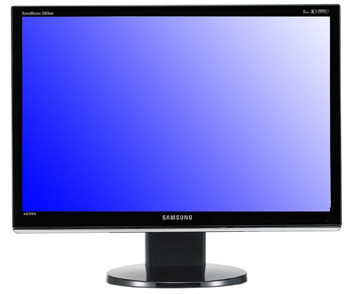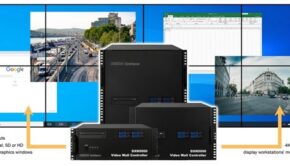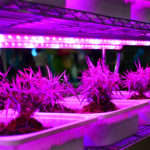Liquid Crystal Displays: A Brief Study
Introduction
It happens everyday that a lot of us fail to appreciate several insanely complex and advanced technologies. This includes technologies that we use on an hourly basis every single day. One such exhibit is: liquid crystal displays.
So with this article I’m going to try to delve into LCDs (as they’re referred to in short) and get an intuition for them.
The Basics
What exactly are Liquid Crystal Displays? The hint lies within the name: “Liquid Crystal”.
The term liquid crystal might sound a little contradictory. However, the fact is that liquid crystals are a combination of the two states of matter solids and liquids.
Solid state molecules maintain their orientation and stay in the same space with respect to one another while liquid state molecules tend to change their orientation and can move anywhere in the liquid.
Liquid crystals, on the other hand, maintain their orientation and (like in solids) but also move around to different positions (like in liquids). This means that they are neither solids nor liquids.
Still, studies show that they are more liquid than solid. It takes a very little amount of heat to turn liquid crystals into real liquids.
This leads to a small disadvantage, which I will talk about later in the article.
The basic structure of an LCD panel:
An LCD display has two sheets of polarizing material with a liquid crystal solution sandwiched between them. Electricity is applied to the solution and this causes the crystals to align in patterns.
There are several types of liquid crystals, and we’re going to take a look at liquid crystals in nematic phase.
There is a particular kind of nematic liquid crystal called twisted nematics, which is naturally twisted.
When current is applied to these crystals, they untwist at varying degrees depending on the current’s voltage. We use these liquid crystals because they react predictably to electric current and help us control the passage of light.
This is the main principle behind their working.
LCD (Liquid Crystal Display) panels rely on a separate light source and then let that light pass through the display itself to our eyes.
The light source is a very thin lamp called a “back light” that is placed directly behind the LCD panel as shown in the picture below.
The light from the backlighting then passes through a polarizing filter. From there the now polarized light then passes through the actual LCD panel itself. The twisted nematic liquid crystal portion of the panel either allows the polarized light to pass through or blocks the light from passing through depending on how the liquid crystals are aligned at the time the light tries to pass through.
An LCD panel uses these the primary three colours (RGB) to produce colour which is why there are three cells per pixel — one cell each for red, green, and blue.
Once the light is passed through the liquid crystal layer and the final polarizing filter it then passes through a colour filter so that each cell will then represent one of the three primary colours of light.
The combination of the three colours cells present in every pixel produce colour on the screen.
Pros and cons of LCDs
Pros:
- Very thin, can be wall mounted
- Accurate colour reproduction
- Enables flat screens
- Image is perfectly sharp at native resolutions
Cons:
- Black levels aren’t very good
- Dead pixels are an issue
- Additional requirement of light source
- limited temperature range of operation due to volatility of liquid crystals
Some common applications
- Computer monitors
- Laptop computer displays
- Scientific Calculator (calculadora cientifica) and Business Calculator displays
- Mobile phone displays
- Tablet computer displays
Recent improvements:
Another kind of LC display is an IPS LCD. IPS stands for In Plane Switching. In Plane Switching technology was developed to deal with the limitations of twisted nematic displays, namely the dependence on viewing angles and colour reproduction quality.
We also progressed to a different kind of display, known as an LED display. LED displays do not require additional lighting and OLEDs (Organic LEDs) are also more energy efficient.
What does the future hold for displays?
- Flexible displays
- All-glass displays and interfaces
References:
Links open in new tabs

